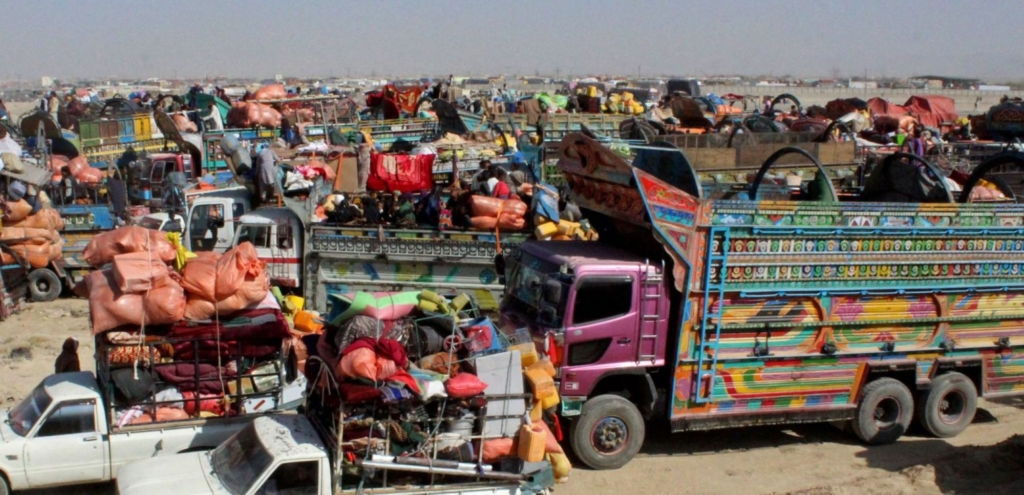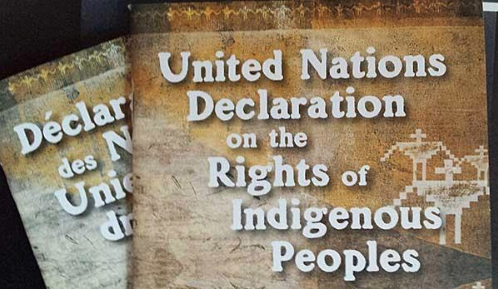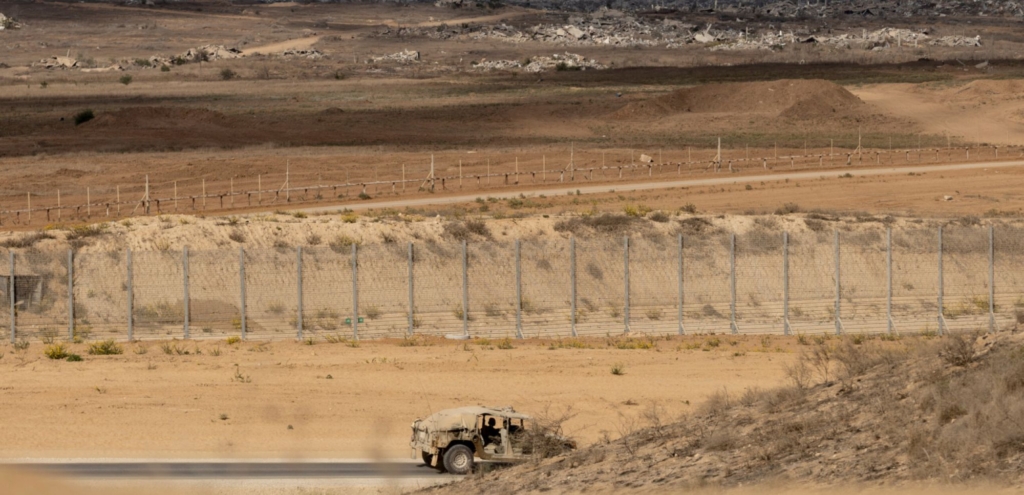By Grand Chief Edward John and Sheryl Lightfoot
The United Nations Declaration on the Rights of Indigenous Peoples (UN Declaration) was developed through more than two decades of intensive engagement between states and Indigenous peoples from around the world. Every provision was elaborated on a foundation of international law standards that already existed at the time, whether in the provisions of human rights treaties or in the body of interpretation that emerged around them. Extensive balancing provisions were added to ensure that the UN Declaration would be interpreted consistent with such core principles as justice, democracy, equality, and respect for human rights.
Canada played an active, and at times crucial, role in that process. We recall key times in the negotiations when Canadian officials raised Canadian law and policies as examples to support provisions of the UN Declaration. To date, the UN Declaration has been reaffirmed ten times by the UN General Assembly by consensus. No country in the world formally opposes the Declaration.
All of this is worth keeping in mind whenever political commentators express alarm about the growing movement to finally move ahead with implementation of the UN Declaration in Canada.
A private member’s bill currently before the Senate, Bill C-262, is intended to establish a legislative framework for federal implementation of the UN Declaration. The Bill, drafted by MP Romeo Saganash, a residential school survivor who actively participated in the development of the UN Declaration, would require the federal government to collaborate with Indigenous peoples in developing and carrying out an implementation plan for the Declaration. This would include reform to federal laws to ensure that the minimum standards in the Declaration are met or exceeded. The Bill also calls for regular reporting to Parliament on the progress being made.
In the February speech from the throne, British Columbia Premier John Horgan announced that B.C. would be the first province to adopt its own implementation legislation. While there are no details yet on the approach envisioned by the provincial government, we hope that B.C. will build on the example of Bill C-262.
Whether at the federal, provincial or territorial level, implementation legislation will not suddenly override Canadian laws, as some commentators seem to fear. What implementation legislation can, and should, do is establish a principled, collaborative and accountable process to change laws and policies that are incompatible with human rights and reconciliation.
Indigenous peoples’ rights are inherent and pre-existing. Indigenous peoples have undeniable legal rights to manage their own lives and futures and benefit from their own lands and territories. These rights predate the creation of Canada and its provinces and are now entrenched in Canada’s Constitution. Willfully ignoring these rights, or unilaterally imposing arbitrary limitations on their exercise, has been the source of profound and lasting harm to Indigenous peoples. Such actions have distorted and corrupted Canadian political culture to the point that many simply accept that trampling the rights of distinct peoples is simply the way things are done.
This has to change.
Much of the concern over the UN Declaration has focused on provisions of free, prior and informed consent. However, consent does not originate with the UN Declaration. The Declaration does not create any new rights. A key source of Indigenous peoples’ right to consent is the right of all peoples to self-determination. The two international Covenants on human rights, which, for the last 40 years, Canada has had an affirmation obligation to promote and respect affirm the right of self-determination in language identical to the UN Declaration.
Consent is also clearly a part of Canadian Constitutional law in respect to Indigenous peoples. In the landmark 2014 Tsilhqot’in decision, the Supreme Court of Canada unanimously ruled that the courts can and will order title lands restored to the jurisdiction of Indigenous nations. The Court warned that governments and industry that attempt to proceed without Indigenous consent risk having their plans overturned.
A growing movement of Canadians have embraced the Truth and Reconciliation Commission (TRC) vision of a new relationship between Indigenous and non-Indigenous peoples. The UN Declaration has a central place in the work ahead.
The TRC called the UN Declaration “the framework” for reconciliation – and with good reason. Canadian courts and tribunals are already turning to the UN Declaration to help interpret federal, provincial and territorial obligations to uphold the inherent rights of Indigenous peoples. However, adoption of a legislative framework offers a number of advantages over relying exclusively on the courts. It allows for implementation in a collaborative, non-adversarial manner and on the basis of core principles of justice, good governance and human dignity. Such an approach must be at the heart of transformative change.
Grand Chief Edward John is a member of the Political Executive of the First Nations Summit and a former chair UN Permanent Forum on Indigenous Issues
Sheryl Lightfoot is the Canada Research Chair of Global Indigenous Rights and Politics and an Associate Professor in the Department of Political Science, University of British Columbia
This article originally appeared on The Province.























